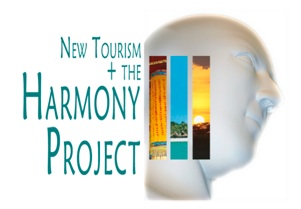


She has been perched dramatically on the bluff overlooking the Indian Ocean for over 125 years. Beaches stretch to her north and south. She has a commanding view of her protective island fortresses and ocean. She is likely the only Indian palace located right on the seacoast - an historic palace with a beach.

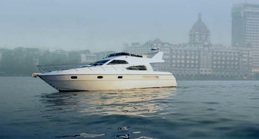
On my very last day this visit we managed to find the man with the key. It took three actually and a flood of phone calls to open the gate. Regrettably, it was not possible to linger and take a thousand photos as we didn’t wish to complicate future negotiations. We were not even allowed to photo the interiors, so those that I managed to snap were hasty and are a grainy high ASA setting to avoid flash.
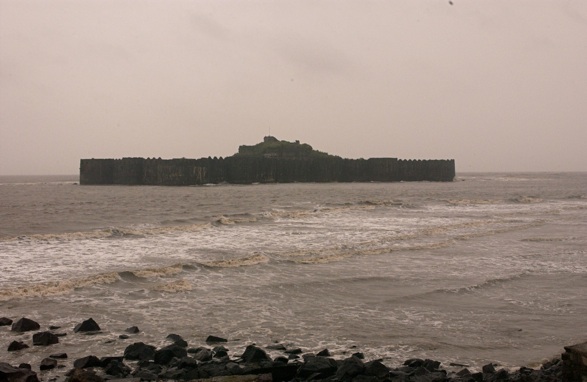


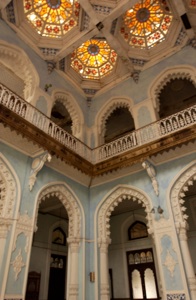
Once inside the Ahmedganj palace the ruling Nawab we were easily impressed by the potential of the palace. A stained glass atrium makes for a very impressive sense of arrival.
We were not able to pass through all the bedrooms, let alone many of the closed doors. Without floor plans I would guess there are 1-2 bed rooms on the ground floor and perhaps twice that on the first floor. There seems to be a separate wing with three floors of apartments on the left in the photo below.
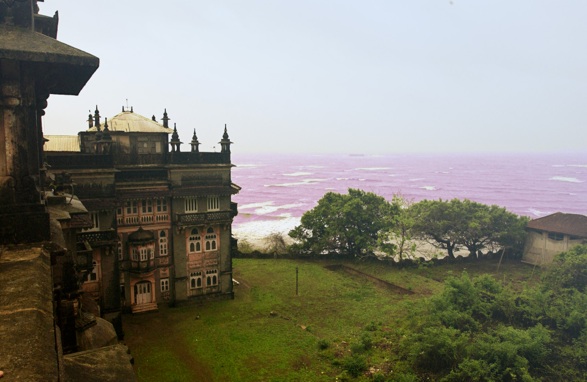
India Living Spa:
Ahmedgan Nawab Palace by the Sea






Janjira Fort travel video explaining history and interior


Slide Show


